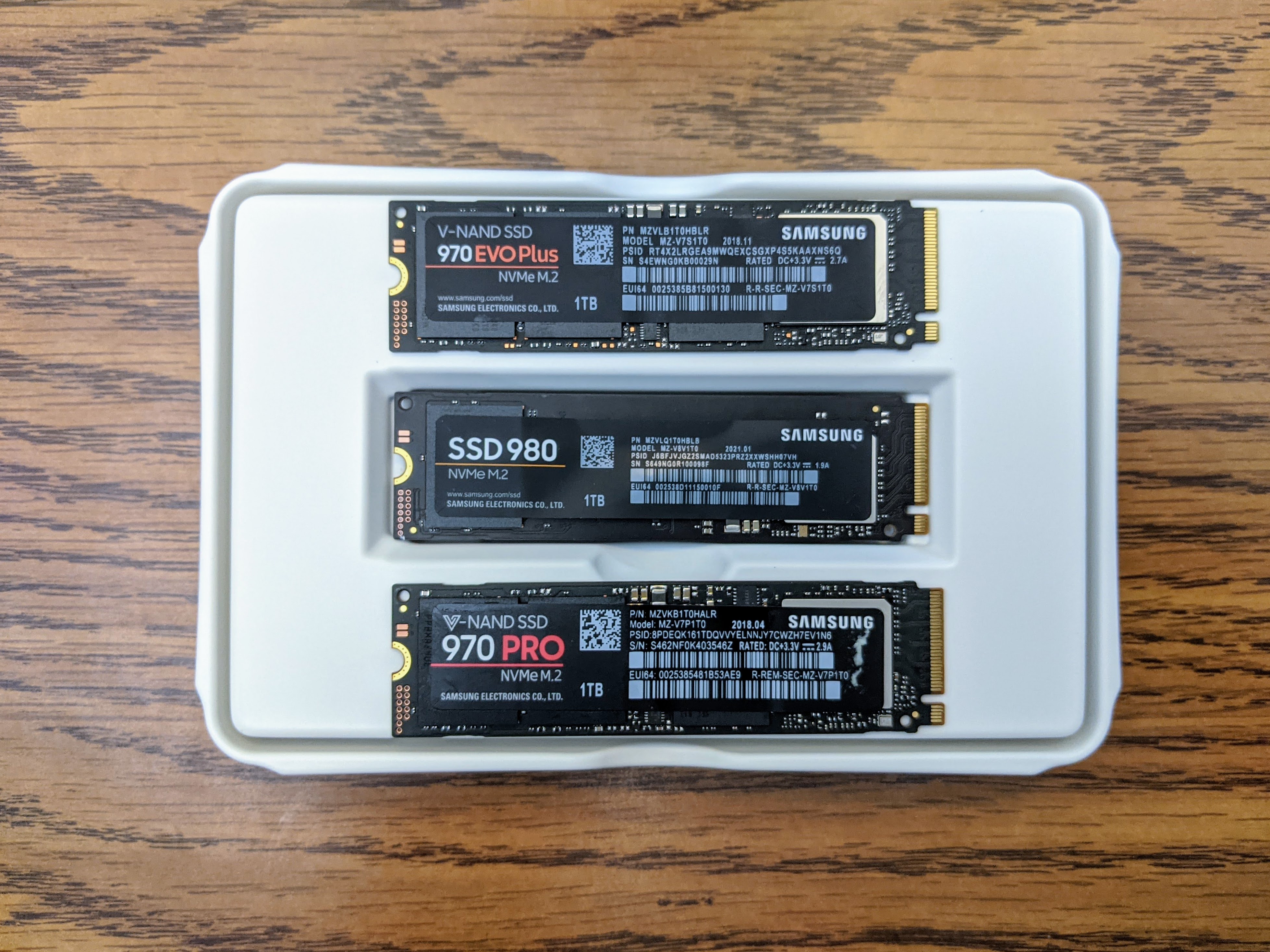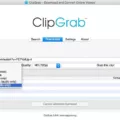Plex is a popular media streaming platform that allows users to access their personal media library from anywhere. One of the key features of Plex is the ability to stream media outside of your home network. In order to do this, you will need to set up port forwarding on your router.
Port forwarding is a process that allows incoming internet traffic to reach a specific device on your local network. By forwarding the appropriate ports, you can enable remote access to your Plex Media Server.
The default port for Plex is 32400, but you can generally use any available port in the 20,000 to 50,000 range. To begin the port forwarding process, you will need to log into your router’s administration interface. This can typically be done by entering your router’s IP address into a web browser.
Once logged in, navigate to the port forwarding section of your router’s settings. The location of this section may vary depending on the make and model of your router. Look for options such as “NAT,” “Port Forwarding,” or “Virtual Servers.”
In the port forwarding section, you will need to enter the following information:
– WAN/External Port: This is the port number that external devices will use to access your Plex Media Server. The default port is 32400, but you can choose any available port within the recommended range.
– LAN/Internal Port: This is the port number that your Plex Media Server is listening on. In most cases, this will be set to 32400.
– IP Address: This is the local IP address of the computer running your Plex Media Server. You can find this information by opening the command prompt or terminal on your computer and typing “ipconfig” or “ifconfig,” respectively. Look for the IPv4 address associated with your network adapter.
Once you have entered the necessary information, choose the forwarding protocol. Plex uses TCP (Transmission Control Protocol) by default, so select TCP from the available options.
Save your changes and exit the router’s settings. Your router will now forward incoming traffic on the specified port to your Plex Media Server, allowing remote access.
It’s important to note that port forwarding can vary depending on your specific router model and firmware version. If you do not see a port forwarding option in your router’s settings, you may need to consult your router’s user manual or contact the manufacturer for assistance.
Setting up port forwarding for Plex is a crucial step in enabling remote access to your media library. By following the steps outlined above, you can ensure that your Plex Media Server is accessible from outside your home network, allowing you to enjoy your media on the go.

What Port Should You Forward Plex to?
To access your Plex Media Server remotely, you will need to forward a specific port in your router settings. By default, Plex uses port 32400 (TCP) for communication. However, you can choose to use any available port between the range of 20,000 to 50,000 if you prefer.
Here’s a step-by-step guide to forwarding the port in your router:
1. Access your router’s settings by typing the router’s IP address into your web browser’s address bar. The IP address is usually printed on the router or can be found in the router’s manual.
2. Log in to the router’s admin interface using the username and password. If you haven’t changed these, the default username and password can usually be found in the router’s manual or on the manufacturer’s website.
3. Look for the “Port Forwarding” or “Virtual Server” section in the router’s settings. The exact location and wording may vary depending on your router model.
4. Add a new port forwarding rule. Enter the following details:
– WAN/External Port: Set this to the port number you want to use for Plex (e.g., 32400).
– LAN/Internal Port: This should always be set to 32400.
– IP Address: Enter the local IP address of the computer running the Plex Media Server. You can find this by opening the command prompt (Windows) or terminal (Mac/Linux) and typing “ipconfig” or “ifconfig”, respectively. Look for the IP address associated with your network adapter.
5. Save the changes and exit the router’s settings.
Once you have successfully forwarded the port, you should be able to access your Plex Media Server remotely using your external IP address. Remember to update your Plex server settings to use the new port if you chose a different one.
Note: If you have a firewall enabled on your computer or network, you may need to configure it to allow incoming connections on the port you forwarded. Consult the firewall’s documentation or seek assistance if needed.
I hope this helps! Let me know if you have any further questions.
Does Plex Use Port Forwarding?
Plex does use port forwarding. Port forwarding is a networking technique that allows external devices or applications to connect to a specific device or application on a private network. In the case of Plex, port forwarding is necessary to enable remote access to your Plex Media Server.
When you set up Plex, it automatically assigns a port number (default is 32400) for communication. This port number needs to be forwarded on your router to allow remote access to your Plex Media Server from outside your local network.
By enabling port forwarding, you are essentially telling your router to direct incoming connections on a specific port to your Plex Media Server. This allows you to access your media library, stream content, and manage your Plex server from anywhere with an internet connection.
Here are the steps to set up port forwarding for Plex:
1. Determine the internal IP address of your Plex Media Server: This is the IP address assigned to your server by your router. You can usually find this information in the settings of your router or by accessing the network settings on your Plex server.
2. Access your router’s administration panel: Open a web browser and enter your router’s IP address. This is typically something like 192.168.1.1 or 192.168.0.1. Consult your router’s manual or manufacturer’s website for specific instructions if needed.
3. Navigate to the port forwarding settings: The location of these settings may vary depending on your router’s make and model. Look for options like “Port Forwarding,” “Virtual Server,” or “Applications & Gaming.”
4. Create a new port forwarding rule: Add a new rule by specifying the following information:
– Service/Description: Enter a name for the rule (e.g., Plex).
– External/Internal Port: Enter the port number assigned by Plex (default is 32400) in both fields.
– Protocol: Select TCP or both TCP/UDP.
– Internal IP Address: Enter the internal IP address of your Plex Media Server.
– Enable the rule and save the settings.
5. Test the port forwarding: Once the rule is set up, you can use online tools or mobile apps to check if the port is open and accessible from outside your network. Some popular tools include canyouseeme.org or portchecker.co.
It’s important to note that the exact steps and terminology may vary depending on your router’s interface. Refer to your router’s documentation or seek assistance from your internet service provider if you encounter any difficulties.
By successfully setting up port forwarding for Plex, you will have seamless remote access to your media server, allowing you to enjoy your media collection from anywhere in the world.
How Do You Forward Ports in Plex?
To forward ports in Plex, follow these steps:
1. First, open your web browser and log into your router. The specific process for logging in may vary depending on your router model, but it usually involves entering the router’s IP address into the address bar of your browser.
2. Once you are logged into your router, navigate to the port forwarding section. This is typically found under the “Advanced” or “Firewall” settings.
3. In the port forwarding section, you will need to enter the port numbers that Plex uses. By default, Plex uses TCP port 32400, but you may also need to forward additional ports depending on your specific setup. Check the Plex documentation or support forums for the complete list of ports to forward.
4. Next, enter the IP address of the device running the Plex server. This is the device on your network that hosts your Plex media library. You can find the IP address of the device by going to the network settings on that device.
5. Choose the forwarding protocol. In most cases, you should select TCP or TCP/UDP for the protocol. UDP is generally only necessary for specific scenarios, so TCP is usually sufficient.
6. save your changes and exit the router settings. The exact process for saving will depend on your router, but there is usually a “Save” or “Apply” button to click.
Once you have completed these steps, the necessary ports will be forwarded on your router, allowing Plex to communicate with the outside world. This is essential for remote access to your media library and other Plex features that require internet connectivity.
Remember to consider the security implications of port forwarding, as it exposes your network to potential risks. Ensure that you have proper security measures in place, such as strong passwords and firewall settings, to protect your network and devices.
Conclusion
Setting up port forwarding for Plex is an essential step to optimize your Plex Media Server and gain direct access to Plex’s servers. By forwarding port 32400 (TCP) or any available port in the 20,000 to 50,000 range, you ensure that incoming connections from external devices can reach your Plex server without any hindrance.
To accomplish this, you need to access your router’s settings and navigate to the port forwarding section. From there, you will enter the desired port numbers (e.g., 32400) and the local IP address of the computer running your Plex Media Server. It is important to note that the LAN/Internal Port will always be 32400.
Once you have entered the necessary information, you will need to choose a forwarding protocol, typically TCP. Saving your changes will activate the port forwarding setup and enable external devices to establish direct connections with your Plex server.
If you do not see a port forwarding option in your router’s settings, it may be necessary to upgrade your router to a more advanced model that supports this feature. Having the ability to forward ports is crucial for Plex users who want to enhance their media streaming experience and ensure seamless access to their media library from anywhere.
By following these steps, you can optimize your Plex setup and enjoy the full functionality of this powerful media server software.













